Click here and press the right key for the next slide (or swipe left)
also ...
Press the left key to go backwards (or swipe right)
Press n to toggle whether notes are shown (or add '?notes' to the url before the #)
Press m or double tap to slide thumbnails (menu)
Press ? at any time to show the keyboard shortcuts
A Problem
scientific intuitive arguments against the simple view
conflicting evidence: permanence
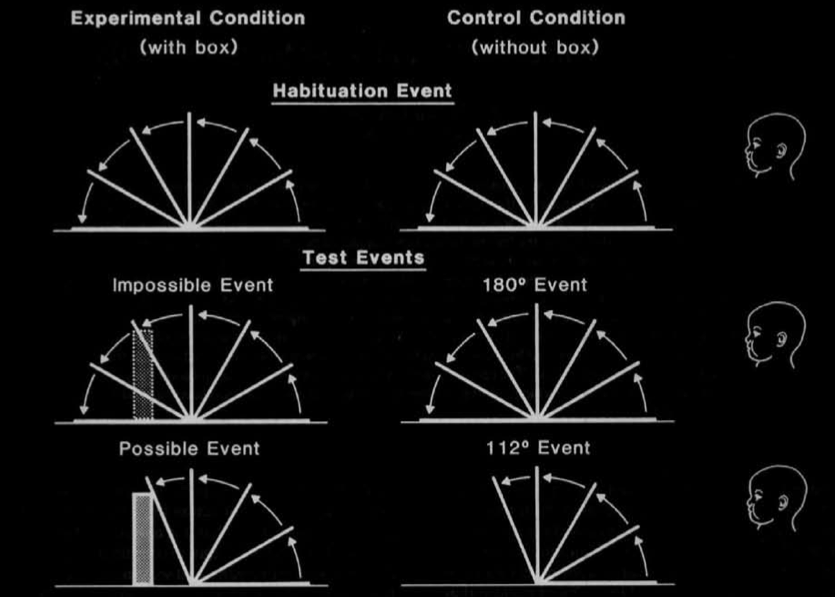
Baillargeon et al 1987, figure 1
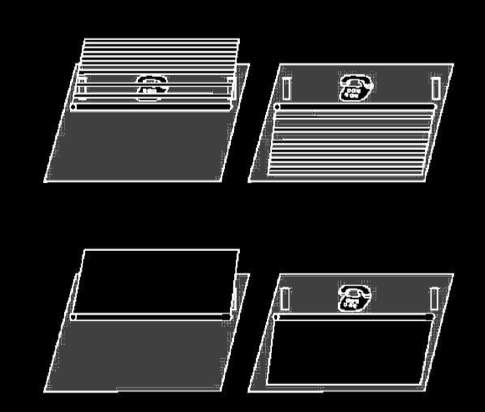
Shinskey and Munakata 2001, figure 1
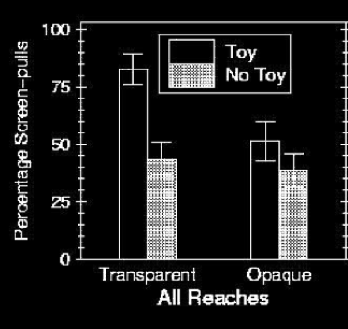
Shinskey and Munakata 2001, figure 2
Responses to the occlusion of a desirable object
- look (from 2.5 months)
(Aguiar & Baillargeon 1999, Experiment 2)
- reach (7--9 months)
(Shinskey & Munakata 2001)
‘action demands are not the only cause of failures on occlusion tasks’
Shinskey (2012, p. 291)
conflicting evidence: causal interactions
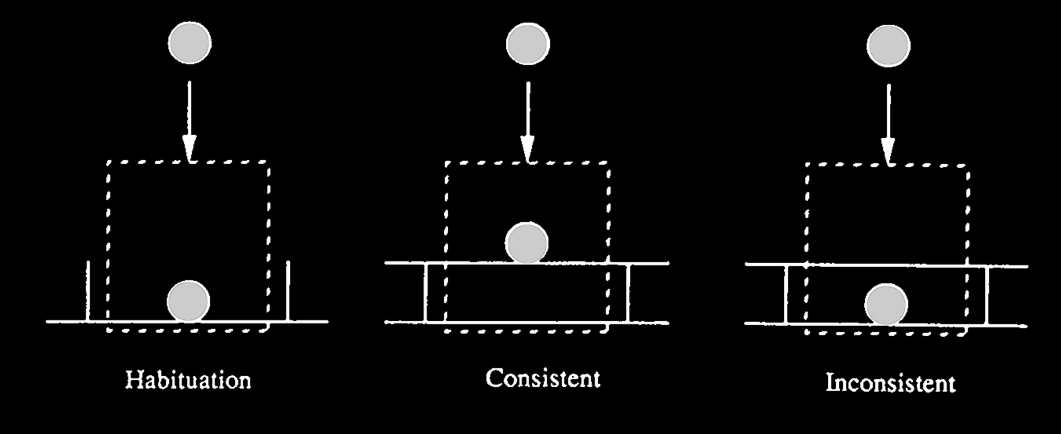
Spelke et al 1992, figure 2

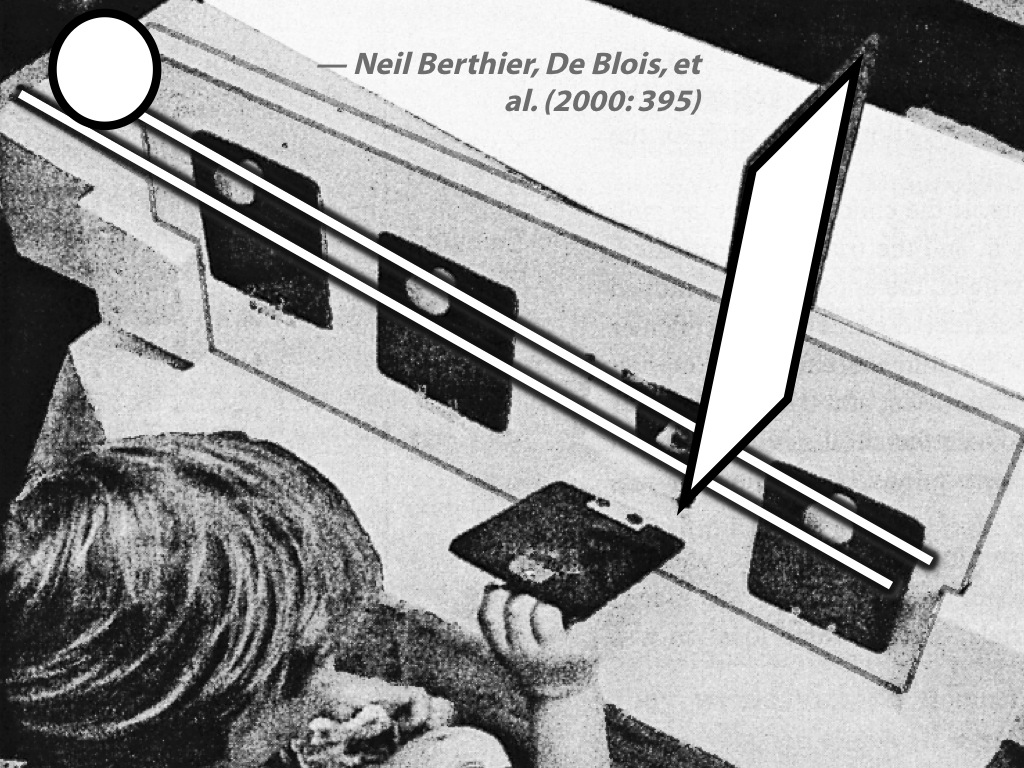
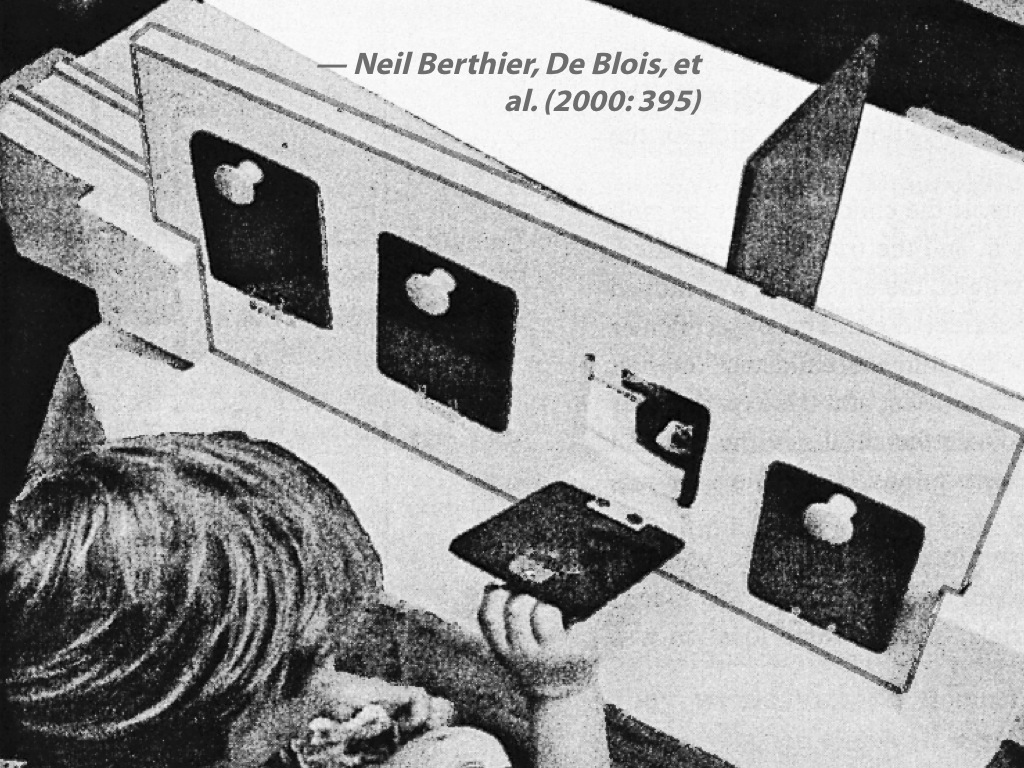
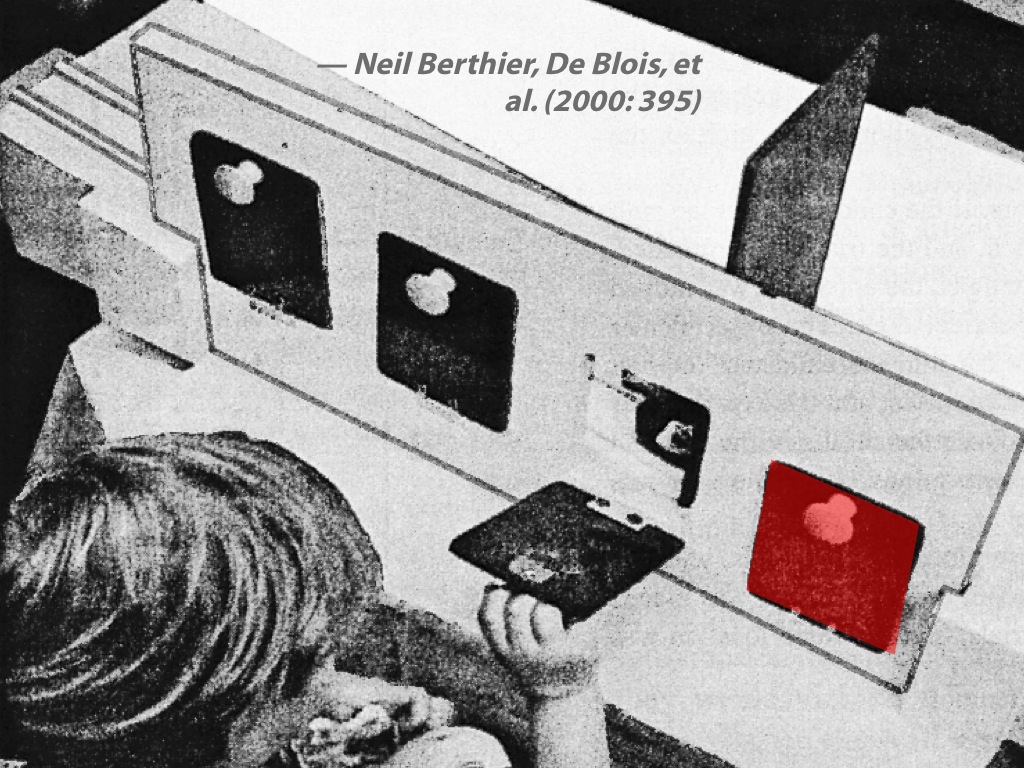
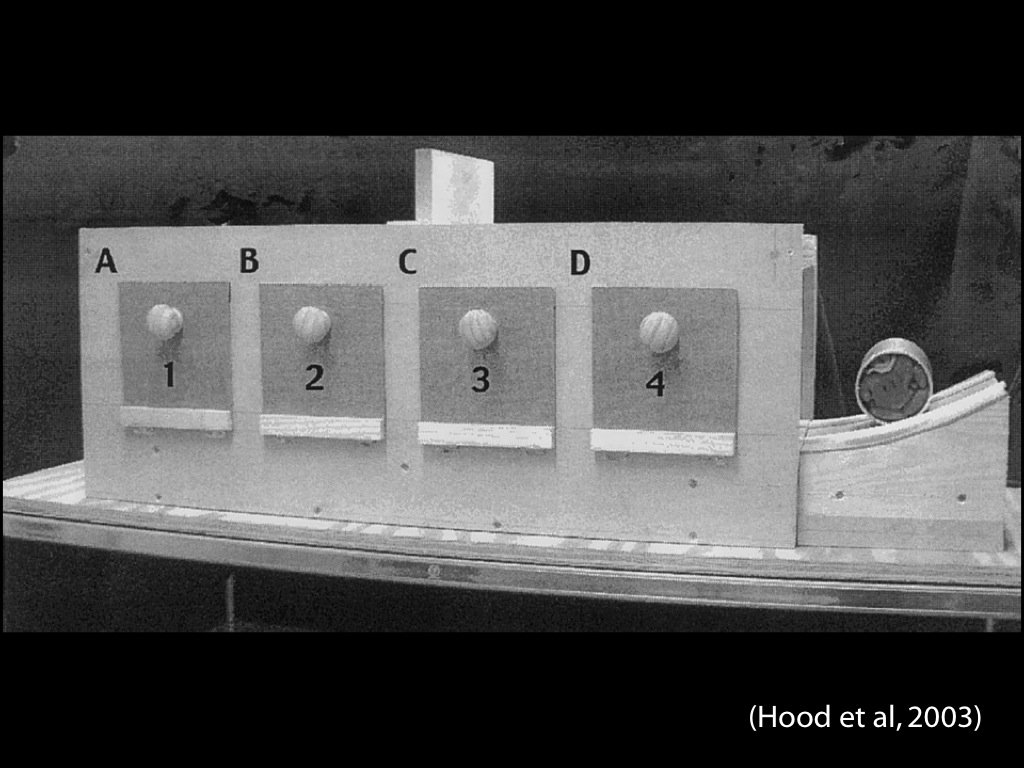
search
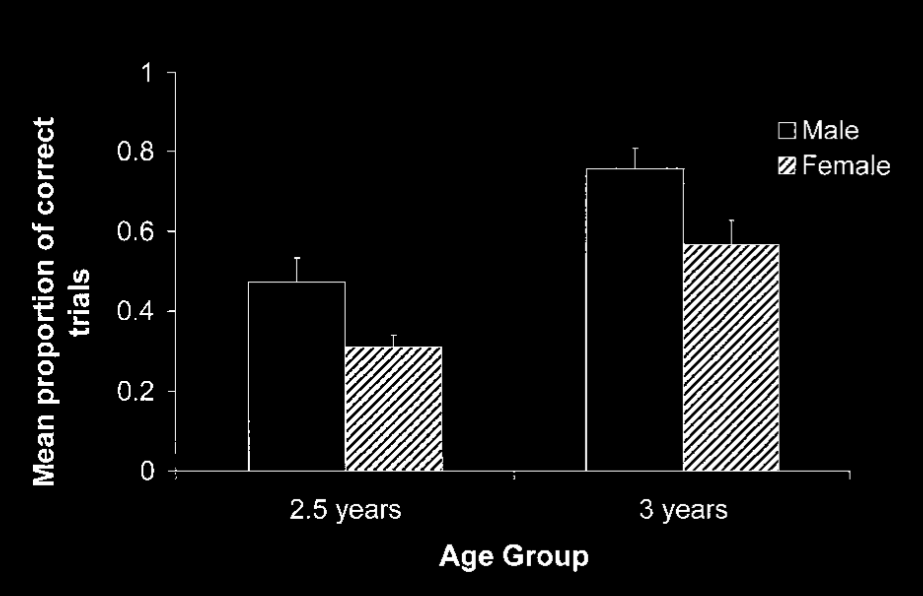
Hood et al 2003, figure 4
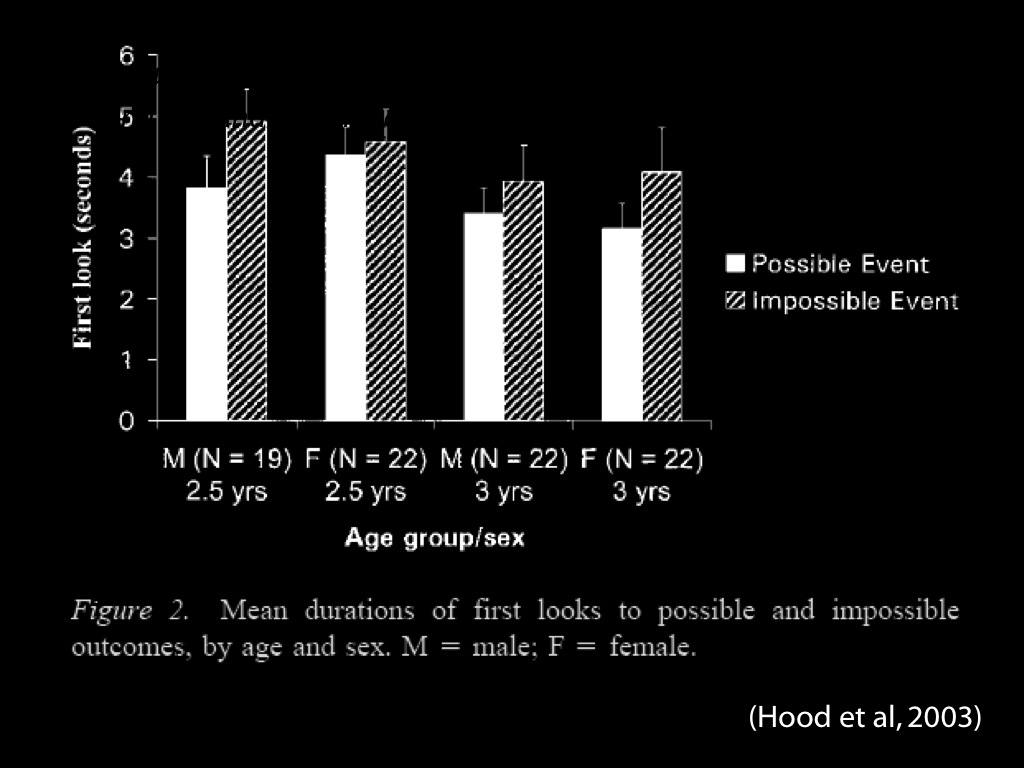
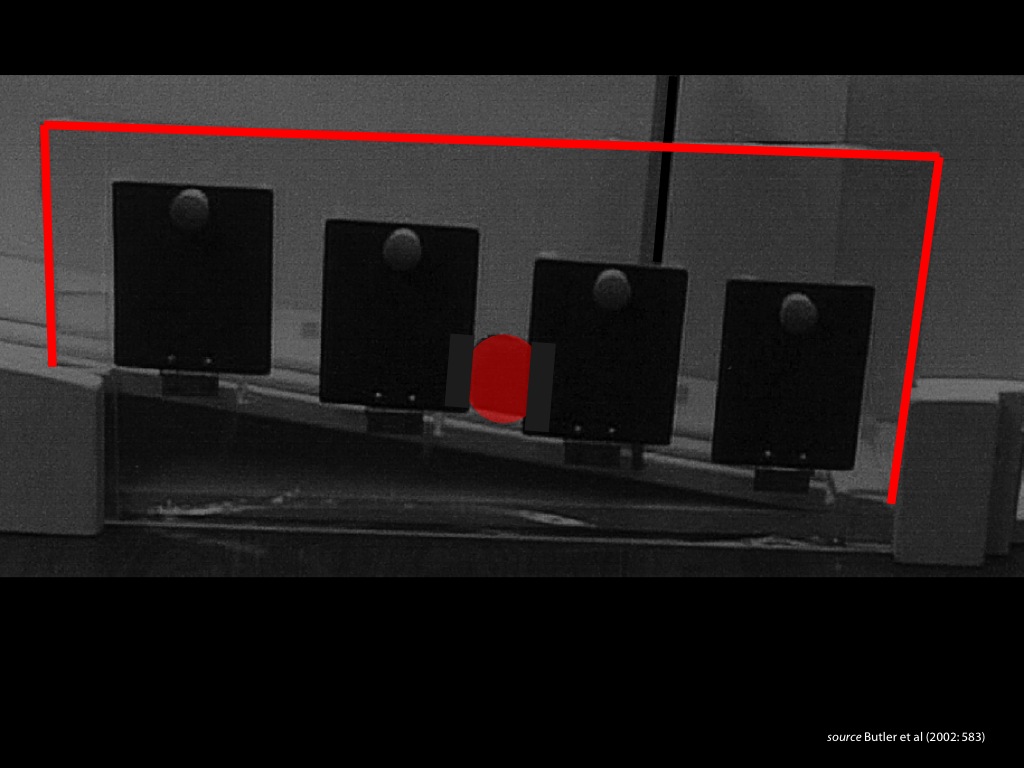
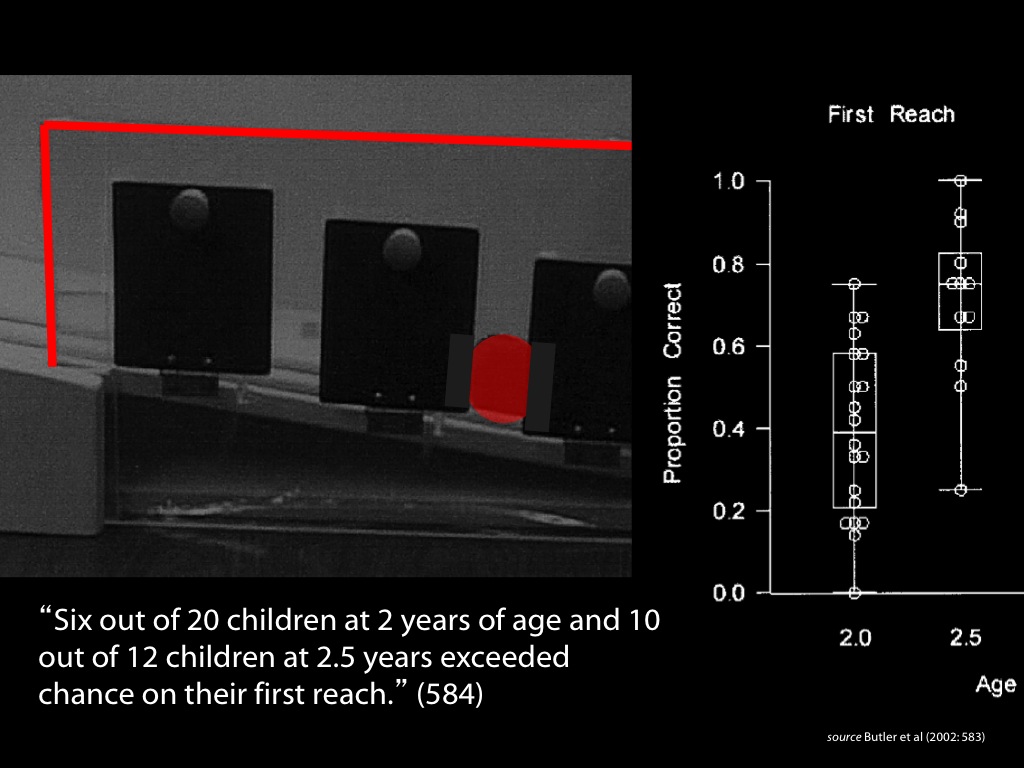
The Simple View
generates
multiple
incorrect predictions.
‘A similar permanent dissociation in understanding object support relations might exist in chimpanzees. They identify impossible support relations in looking tasks, but fail to do so in active problem solving.’
(Gomez 2005)
Likewise for cotton-top tamarins (Santos et al 2006) and marmosets (Cacchione et al 2012).
‘to date, adult primates’ failures on search tasks appear to exactly mirror the cases in which human toddlers perform poorly.’
(Santos & Hood 2009, p. 17)
What about the chicks and dogs?
The Simple View
generates
multiple
incorrect predictions.
| occlusion | endarkening | |
| violation-of-expectations | ✔ | ✘ |
| manual search | ✘ | ✔ |
Charles & Rivera (2009)
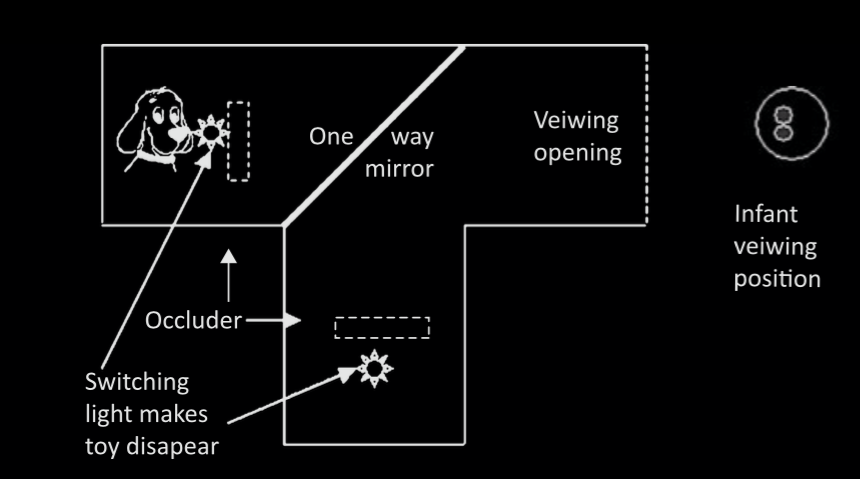
Charles & Rivera, figure 1 (part)

Charles & Rivera, 2009 fig 3a-c


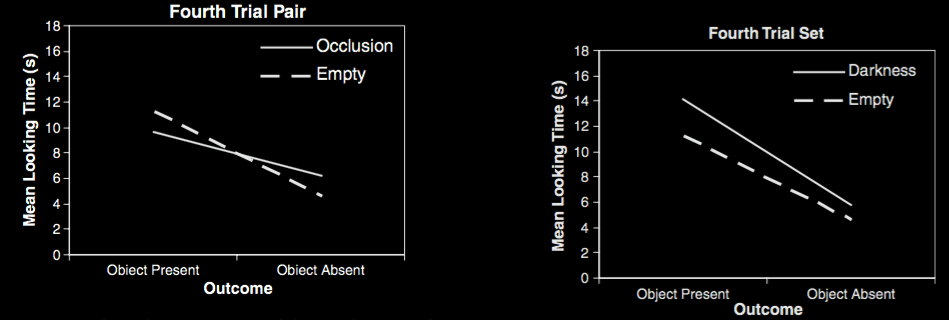
Charles & Rivera, 2009 figs 5-6
| occlusion | endarkening | |
| violation-of-expectations | ✔ | ✘ |
| manual search | ✘ | ✔ |
Charles & Rivera (2009)
The Simple View
generates
multiple
incorrect predictions.